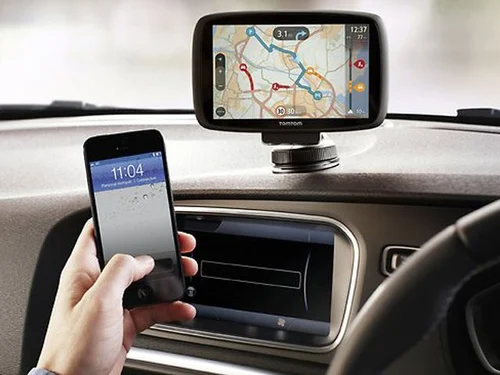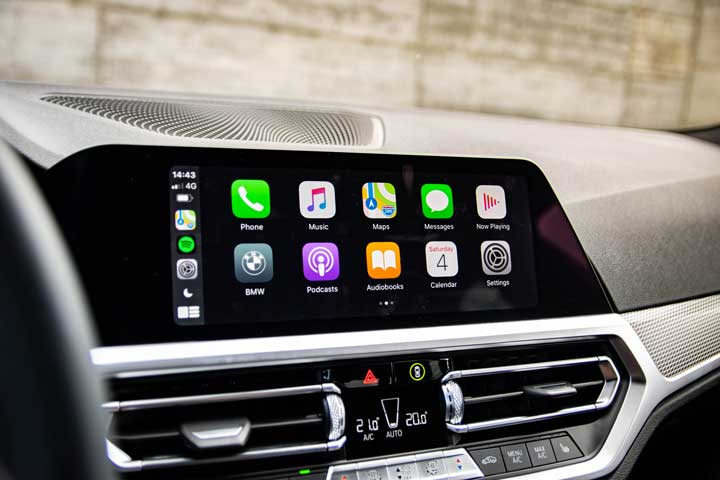
A navigation system is a device that helps people find their way from one place to another. Navigation systems use a variety of technologies, including GPS, radio, and inertial guidance, to determine their position and then provide directions to their destination.
Navigation systems have been around for centuries, but they have become much more sophisticated in recent years. Early navigation systems used simple tools like compasses and sextants to determine their position. These tools were accurate enough for most purposes, but they were not very reliable in difficult conditions, such as fog or darkness.
The development of the Global Positioning System (GPS) in the 1970s revolutionized navigation. GPS is a network of 24 satellites that orbit the Earth. These satellites transmit signals that can be detected by GPS receivers, which use this information to determine their position. GPS is very accurate and can be used in any weather condition.
In addition to GPS, navigation systems can also use other technologies, such as radio and inertial guidance. Radio navigation systems use radio signals transmitted from ground stations to determine a receiver’s position. Inertial guidance systems use sensors to measure the motion of a vehicle and then use this information to calculate its position.
Navigation systems are used in a variety of applications, including:
- Automotive navigation: Most modern cars have a navigation system built in. These systems use GPS to determine the car’s position and then provide directions to the destination.
- Marine navigation: Boats and ships use navigation systems to find their way around the water. These systems use GPS, radio, and inertial guidance to determine the boat’s position and then provide directions to the destination.
- Aviation navigation: Airplanes use navigation systems to fly safely from one place to another. These systems use GPS, radio, and inertial guidance to determine the plane’s position and then provide directions to the destination.
- Hiking and camping: Hikers and campers often use navigation systems to find their way in the wilderness. These systems use GPS to determine the hiker’s position and then provide directions to the destination.
Navigation systems have made it much easier for people to travel. They are a valuable tool for anyone who needs to find their way from one place to another.
There are many different types of navigation systems available, each with its own strengths and weaknesses. Some of the most common types of navigation systems include:
- GPS: GPS is the most common type of navigation system. It is accurate, reliable, and works in most weather conditions. However, GPS can be blocked by tall buildings or mountains.
- Inertial navigation systems: Inertial navigation systems are not as accurate as GPS, but they are more reliable in difficult conditions. They work by measuring the motion of a vehicle and then using this information to calculate its position.
- Radio navigation systems: Radio navigation systems use radio signals transmitted from ground stations to determine a receiver’s position. They are not as accurate as GPS, but they can be used in areas where GPS is not available.
- Hybrid navigation systems: Hybrid navigation systems combine two or more of the above technologies to provide the best possible performance. For example, a hybrid navigation system might use GPS for general navigation and inertial navigation for precise positioning in difficult conditions.
Navigation systems work by using a variety of sensors to determine their position and then using this information to provide directions to a destination. The specific methods used by navigation systems vary depending on the type of system, but they all follow the same basic steps:
- Acquisition: The first step is to acquire the necessary signals. This might involve receiving GPS signals, radio signals, or inertial data.
- Positioning: Once the necessary signals have been acquired, the navigation system must determine its position. This is done by triangulation, which involves measuring the distance to multiple reference points.
- Navigation: Once the navigation system knows its position, it can provide directions to a destination. This is done by calculating the shortest path between the current location and the destination.
Navigation systems are constantly evolving. As technology improves, navigation systems are becoming more accurate, reliable, and user-friendly. In the future, navigation systems are likely to become even more integrated into our lives. They could be used to control our vehicles, navigate our homes, and even track our health.thumb_upthumb_downuploadGoogle itmore_vert



